Home>Gardening & Outdoor>Outdoor Recreation & Activities>How Do You Raise Alkalinity In A Swimming Pool
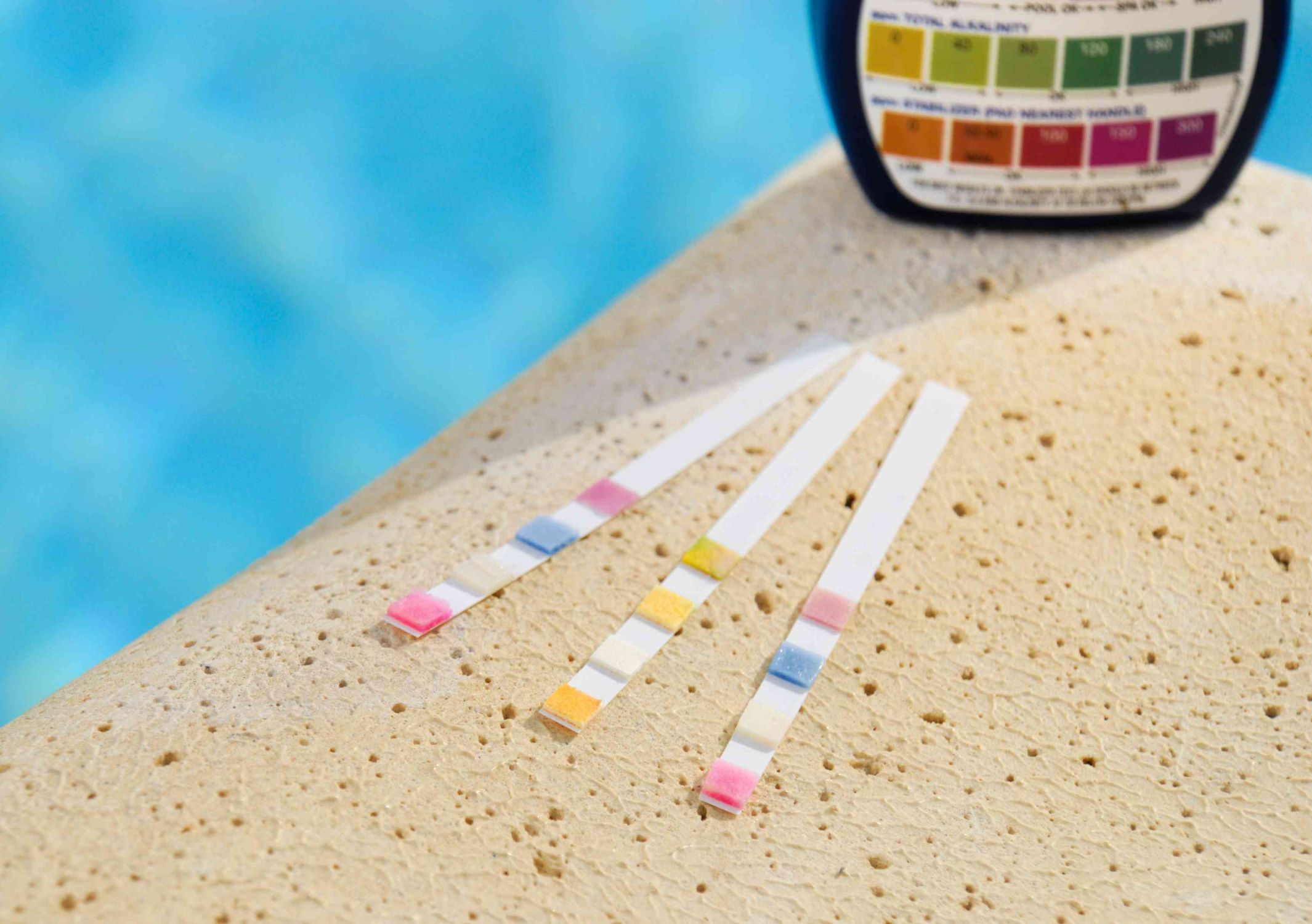

Outdoor Recreation & Activities
How Do You Raise Alkalinity In A Swimming Pool
Modified: February 18, 2024
Learn how to raise the alkalinity in your swimming pool with our expert tips and advice. Keep your outdoor recreation area clean and safe for all activities.
(Many of the links in this article redirect to a specific reviewed product. Your purchase of these products through affiliate links helps to generate commission for Storables.com, at no extra cost. Learn more)
Importance of Alkalinity in a Swimming Pool
Maintaining proper alkalinity levels in a swimming pool is crucial for ensuring a safe and enjoyable swimming experience. Alkalinity acts as a buffer, helping to stabilize the pH level of the pool water. When the alkalinity is within the recommended range of 80-120 parts per million (ppm), it helps prevent rapid pH fluctuations, which can lead to discomfort for swimmers and damage to pool equipment.
Proper alkalinity levels also contribute to water clarity and balance. When the alkalinity is too low, the water can become corrosive, leading to damage to the pool's surfaces and equipment. On the other hand, high alkalinity can cause cloudy water and scale formation. By maintaining the right alkalinity levels, pool owners can ensure that their pool water remains clear, balanced, and safe for swimming.
In addition, maintaining proper alkalinity levels can also enhance the effectiveness of other pool chemicals. When the alkalinity is within the recommended range, it allows chlorine to work more efficiently, helping to keep the water clean and free from harmful bacteria and algae. This, in turn, reduces the need for excessive chemical use, saving both time and money while promoting a healthier swimming environment.
Overall, understanding the importance of alkalinity in a swimming pool is essential for any pool owner. By regularly testing and adjusting alkalinity levels, pool owners can ensure that their pool water remains balanced, clear, and safe for swimmers, while also prolonging the life of their pool equipment.
Key Takeaways:
- Proper alkalinity levels in a swimming pool are crucial for safe and enjoyable swimming. They prevent pH fluctuations, contribute to water clarity, and enhance the effectiveness of pool chemicals.
- Baking soda and alkalinity increasers are practical solutions for raising alkalinity in a swimming pool. They help maintain water balance, ensuring a refreshing and revitalizing swimming experience.
Read more: How Do You Raise The Ph In A Swimming Pool
Testing Alkalinity Levels
Testing the alkalinity levels of a swimming pool is a fundamental aspect of pool maintenance. It provides crucial insights into the overall water quality and helps in determining the necessary steps to maintain a balanced and safe swimming environment. There are several methods available for testing alkalinity levels, each offering varying degrees of accuracy and convenience.
One of the most common methods for testing alkalinity is to use a pool water testing kit. These kits typically include test strips or reagents that allow pool owners to quickly and easily assess the alkalinity levels of their pool water. To perform the test, a small sample of pool water is collected and mixed with the testing reagent or applied to the test strip. The color change or digital readout is then compared to a provided color chart or display to determine the alkalinity level.
Another method for testing alkalinity involves using a liquid test kit. This method typically offers greater precision than test strips and is often favored by pool owners who prioritize accuracy. Liquid test kits involve adding specific reagents to a water sample and observing the color change to determine the alkalinity level. While this method may require a bit more time and attention to detail, it provides a reliable means of assessing alkalinity levels.
For those seeking the utmost accuracy in alkalinity testing, electronic testing devices are available. These digital tools offer precise and rapid alkalinity measurements, making them a preferred choice for professional pool maintenance services and discerning pool owners. Electronic testers utilize advanced technology to deliver accurate readings, often displaying the results digitally for easy interpretation.
Regardless of the testing method chosen, it is essential to follow the manufacturer's instructions carefully and ensure that the testing equipment is properly maintained and calibrated. Regular testing of alkalinity levels, along with pH and chlorine levels, is vital for maintaining a healthy and balanced swimming pool environment.
By regularly monitoring and adjusting alkalinity levels as needed, pool owners can uphold water quality, prevent equipment damage, and provide swimmers with a safe and enjoyable experience. Understanding the significance of testing alkalinity levels empowers pool owners to take proactive measures in maintaining their pool water, contributing to the longevity and overall well-being of their swimming pool.
Using Baking Soda to Raise Alkalinity
Baking soda, a common household staple, serves as a versatile and cost-effective solution for raising alkalinity levels in a swimming pool. Also known as sodium bicarbonate, baking soda is readily available and can be easily incorporated into pool maintenance routines. When the alkalinity levels in a pool are lower than the recommended range, typically below 80 parts per million (ppm), adding baking soda can effectively elevate alkalinity while contributing to overall water balance.
To utilize baking soda for raising alkalinity, pool owners should first determine the precise amount needed based on the pool's size and current alkalinity levels. This can be achieved through the use of a pool water testing kit, which provides accurate measurements of the pool water's alkalinity. Once the current alkalinity level is established, the appropriate quantity of baking soda can be calculated using a pool calculator or specific guidelines provided by pool maintenance professionals.
When adding baking soda to raise alkalinity, it is essential to distribute the product evenly throughout the pool. This can be accomplished by pre-dissolving the baking soda in a bucket of water to create a solution before pouring it into the pool. This method ensures uniform dispersion and prevents localized concentration, promoting consistent alkalinity levels throughout the pool water.
After adding the baking soda, it is advisable to allow sufficient time for the product to disperse and the water to circulate effectively. This facilitates the integration of the baking soda into the pool water, promoting balanced alkalinity levels. Subsequent testing of the alkalinity levels is recommended to verify the effectiveness of the treatment and make any necessary adjustments to achieve the desired range.
It is important to note that while baking soda is an effective method for raising alkalinity, it can also impact the pH level of the pool water. Baking soda has a pH buffering effect, meaning it can help stabilize the pH in addition to raising alkalinity. Pool owners should be mindful of this dual impact and monitor the pH levels concurrently to maintain overall water balance.
In summary, utilizing baking soda to raise alkalinity presents a practical and accessible approach for pool owners seeking to maintain optimal water quality. By following proper measurement and application techniques, and monitoring the subsequent alkalinity and pH levels, pool owners can effectively leverage baking soda as a valuable tool in their pool maintenance arsenal. This cost-effective and straightforward method contributes to a well-balanced and enjoyable swimming environment, ensuring that the pool remains a source of relaxation and recreation for all who enjoy it.
To raise alkalinity in a swimming pool, you can add sodium bicarbonate (baking soda) to the water. Follow the manufacturer’s instructions for the correct amount based on your pool size.
Using Alkalinity Increaser to Raise Alkalinity
Alkalinity increaser, also known as alkalinity booster, is a specialized pool chemical designed to elevate alkalinity levels in swimming pool water. When the alkalinity of a pool falls below the recommended range, typically below 80 parts per million (ppm), the use of an alkalinity increaser becomes essential to restore balance and ensure a safe and comfortable swimming environment.
The process of using an alkalinity increaser begins with accurate testing of the pool water's alkalinity levels. This initial step provides crucial insights into the extent of adjustment required and serves as a baseline for determining the appropriate quantity of alkalinity increaser needed. Pool owners can utilize pool water testing kits to obtain precise alkalinity measurements, enabling them to make informed decisions regarding the application of the alkalinity increaser.
Once the current alkalinity level is established, the next step involves calculating the necessary amount of alkalinity increaser based on the pool's size and the desired increase in alkalinity. Pool calculators or guidelines provided by pool maintenance professionals can aid in determining the precise dosage required to achieve the recommended alkalinity range.
When applying the alkalinity increaser, it is important to follow the manufacturer's instructions regarding dosage and application. The alkalinity increaser is typically added directly to the pool water, and thorough mixing is essential to ensure uniform distribution. Pool owners should allow sufficient time for the alkalinity increaser to dissolve and integrate into the water, promoting consistent alkalinity levels throughout the pool.
After the alkalinity increaser has been added and allowed to disperse, it is advisable to circulate the pool water effectively to facilitate the blending of the chemical and promote balanced alkalinity levels. Subsequent testing of the alkalinity levels is recommended to verify the effectiveness of the treatment and make any necessary adjustments to achieve the desired range.
Utilizing an alkalinity increaser to raise alkalinity levels offers a precise and targeted approach to pool maintenance, enabling pool owners to swiftly restore optimal water balance. By adhering to proper measurement and application procedures, and conducting regular testing to monitor the alkalinity levels, pool owners can harness the effectiveness of alkalinity increasers to uphold a healthy and enjoyable swimming environment. This strategic use of specialized pool chemicals contributes to the overall well-being of the pool, ensuring that swimmers can indulge in a refreshing and revitalizing aquatic experience.
Maintaining Alkalinity Levels
Maintaining proper alkalinity levels in a swimming pool is an ongoing commitment that directly impacts the overall quality and safety of the pool water. Once the alkalinity levels have been adjusted to fall within the recommended range of 80-120 parts per million (ppm), consistent monitoring and proactive measures are essential to sustain the balanced environment.
Regular testing of alkalinity levels is a fundamental aspect of maintaining water quality. Pool owners should incorporate routine testing into their maintenance schedule, alongside pH and chlorine level assessments. By conducting frequent tests, pool owners can promptly identify any fluctuations in alkalinity levels and take timely corrective actions to prevent imbalances that could compromise water clarity and swimmers' comfort.
In addition to testing, maintaining alkalinity levels involves diligent observation of the pool's overall condition. Factors such as weather changes, heavy pool usage, and the introduction of new water sources can influence alkalinity levels. Pool owners should remain attentive to these variables and adjust their maintenance practices accordingly to uphold consistent alkalinity levels.
Furthermore, regular circulation of the pool water is crucial for maintaining balanced alkalinity. Proper water circulation helps prevent localized concentration of chemicals, ensuring uniform distribution and effective integration of alkalinity adjusters. By running the pool's filtration and circulation systems regularly, pool owners can promote the thorough blending of chemicals and minimize the risk of localized imbalances.
Pool owners should also be mindful of the potential impact of other pool maintenance activities on alkalinity levels. For instance, the addition of certain chemicals or the use of cleaning agents may influence alkalinity. By understanding the interactions between various maintenance practices and alkalinity levels, pool owners can make informed decisions and implement measures to mitigate any disruptive effects.
In the event of unexpected fluctuations in alkalinity levels, prompt corrective actions are imperative to restore balance. Whether it involves the use of alkalinity increasers, baking soda, or other suitable products, addressing deviations from the recommended range in a timely manner is essential to prevent potential water quality issues and equipment damage.
By consistently monitoring, adjusting, and maintaining alkalinity levels, pool owners can ensure that their swimming pool remains a source of relaxation, recreation, and rejuvenation. This proactive approach to alkalinity maintenance contributes to the longevity of pool equipment, the clarity of the water, and the overall well-being of swimmers, fostering an environment where individuals can delight in the pleasures of a well-maintained and inviting swimming pool.
Frequently Asked Questions about How Do You Raise Alkalinity In A Swimming Pool
Was this page helpful?
At Storables.com, we guarantee accurate and reliable information. Our content, validated by Expert Board Contributors, is crafted following stringent Editorial Policies. We're committed to providing you with well-researched, expert-backed insights for all your informational needs.
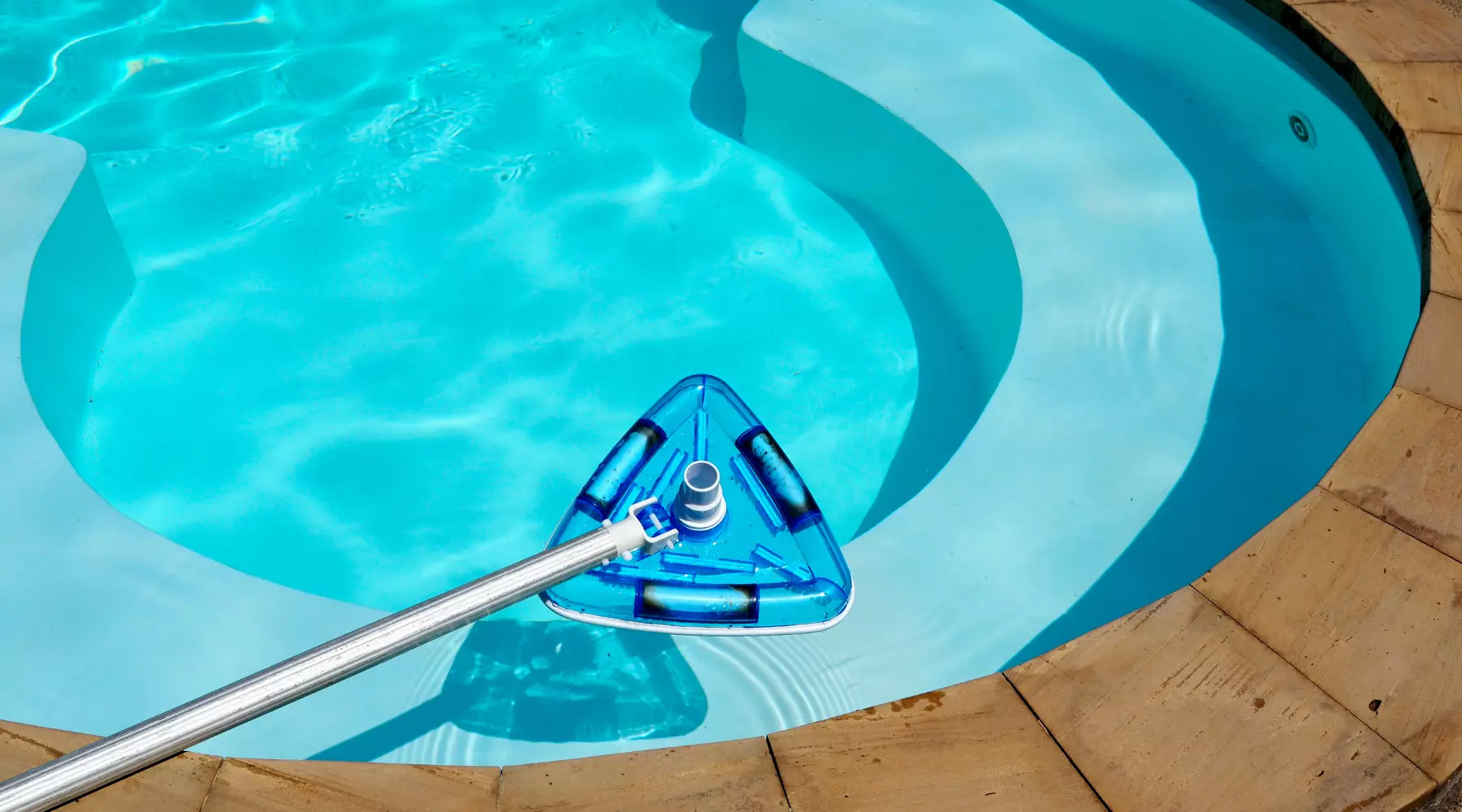

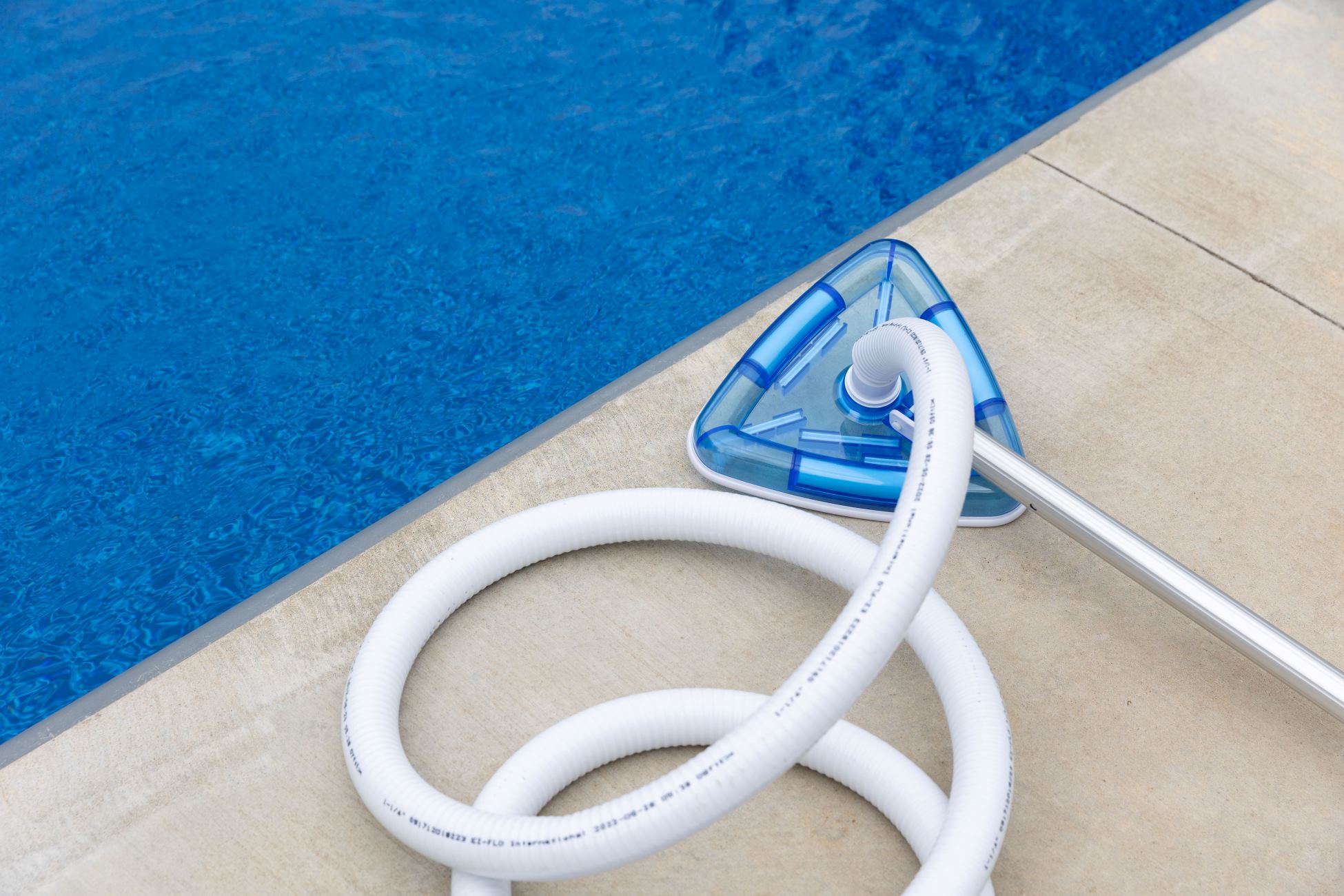
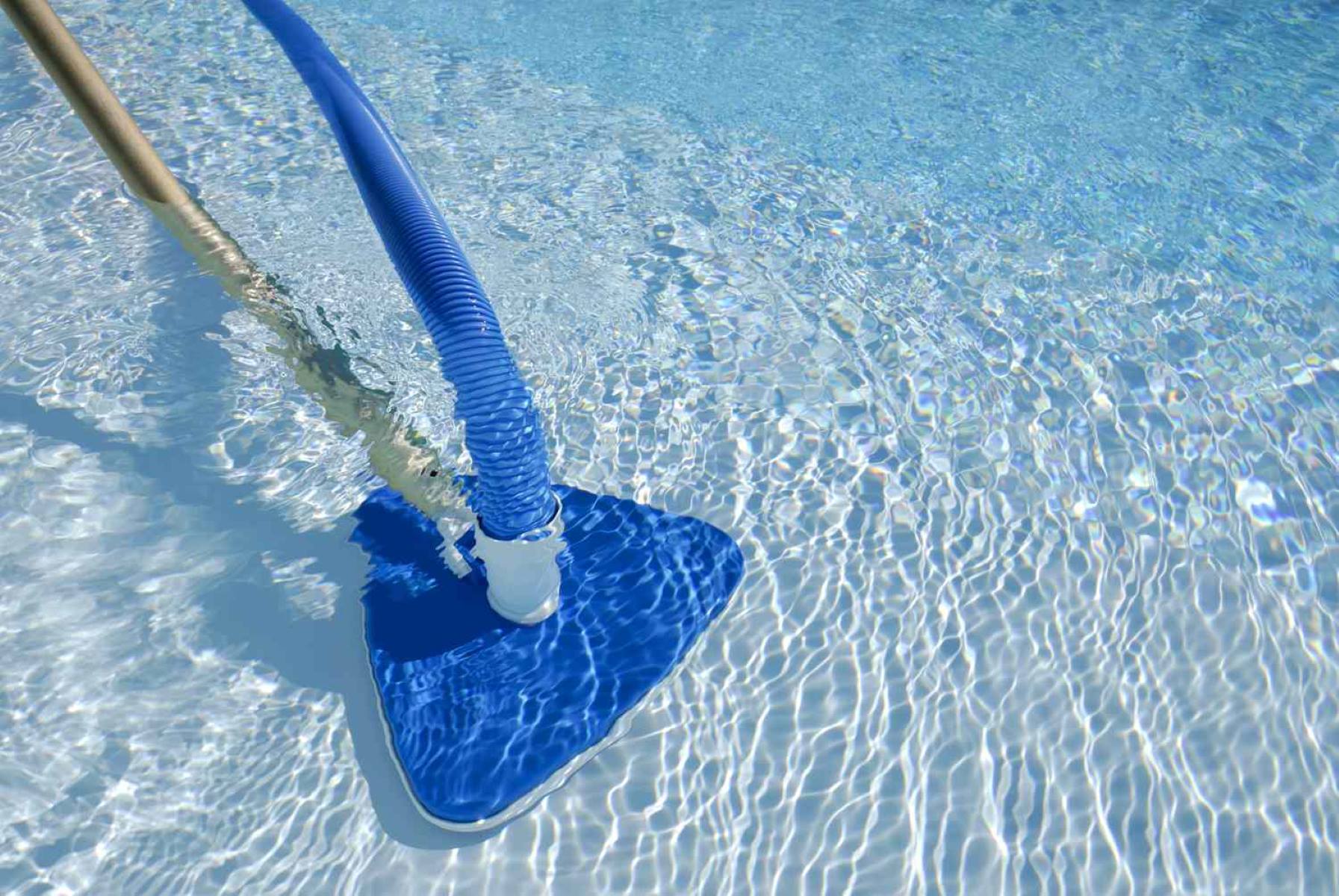
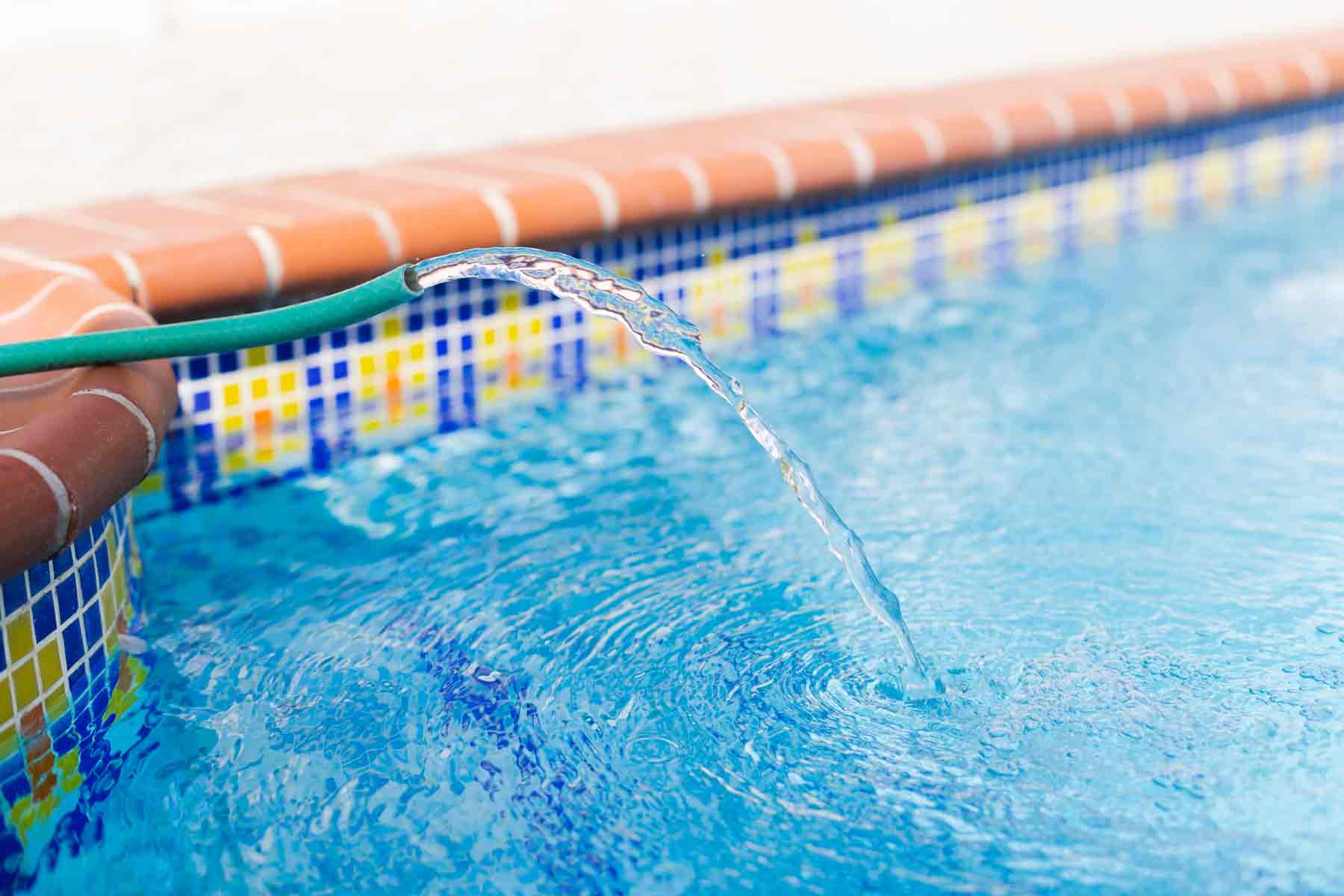
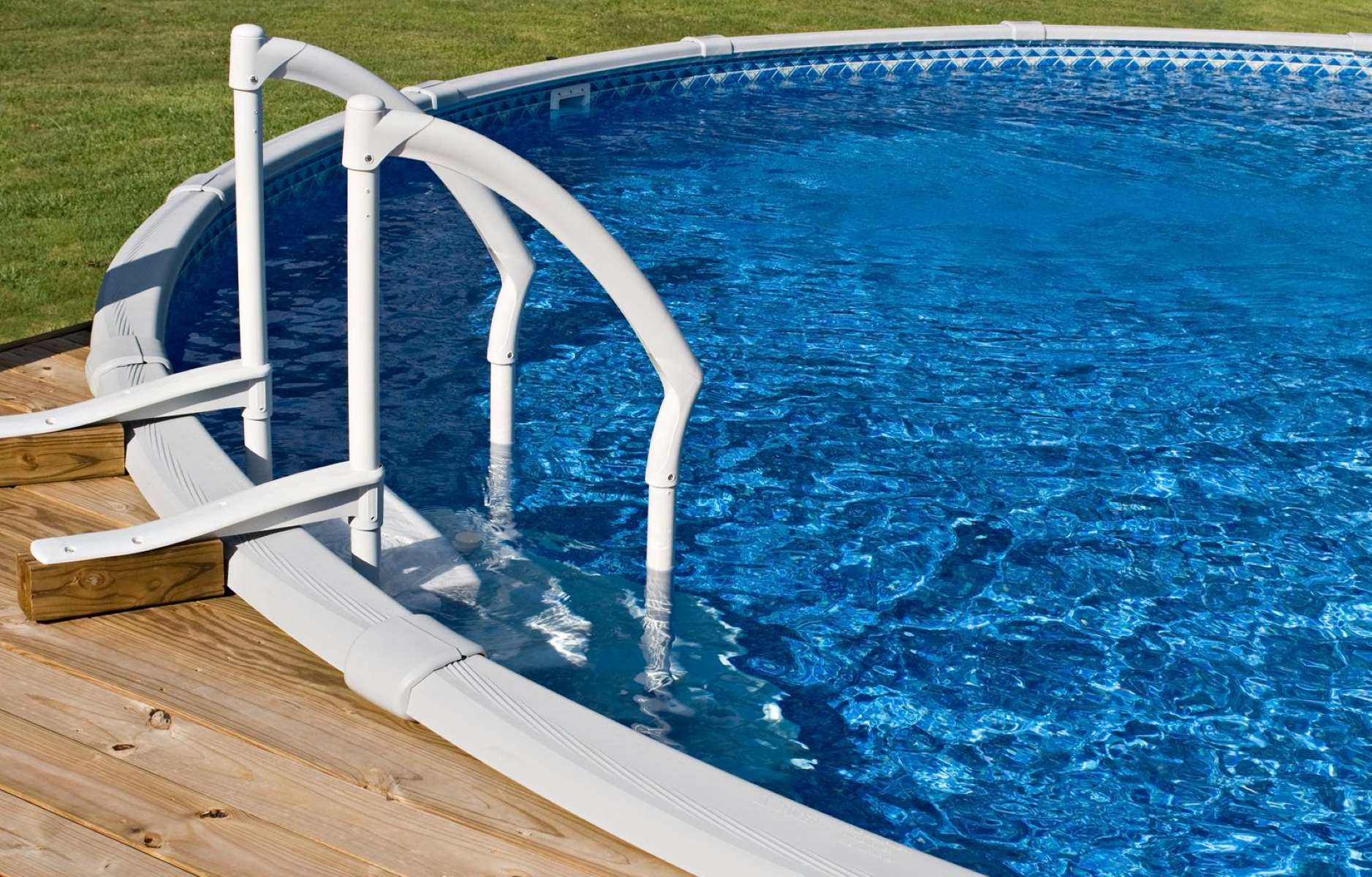
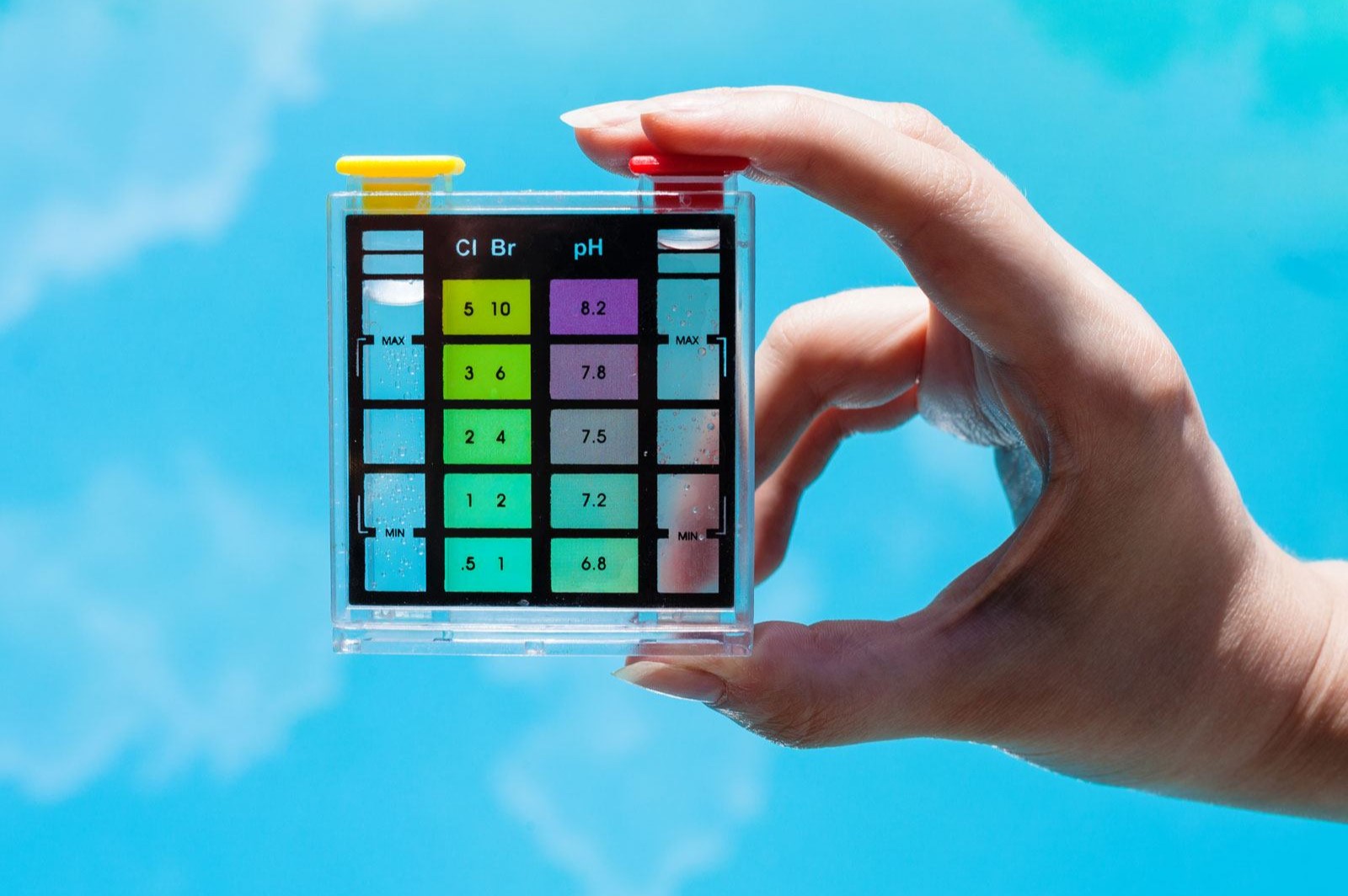
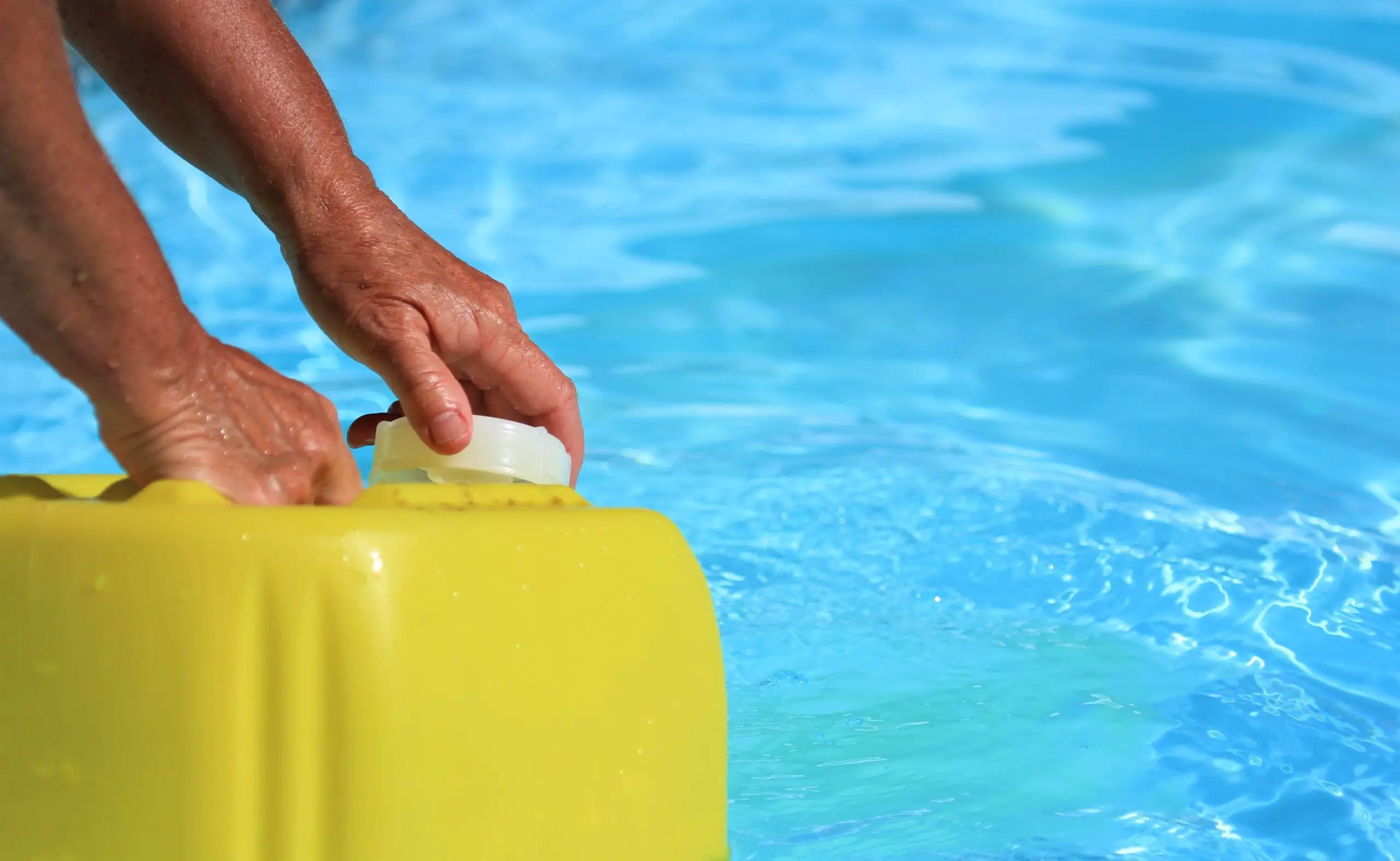

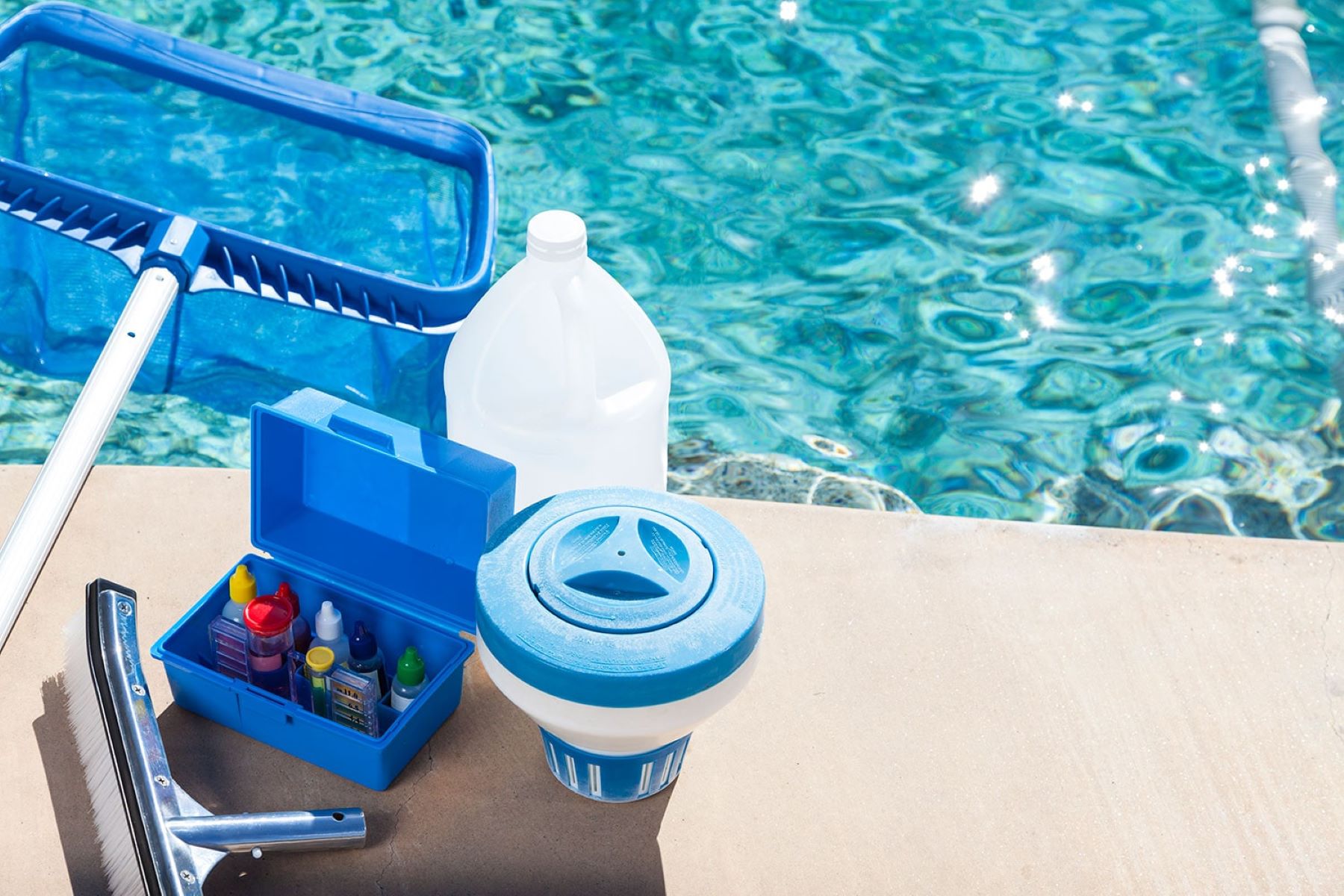


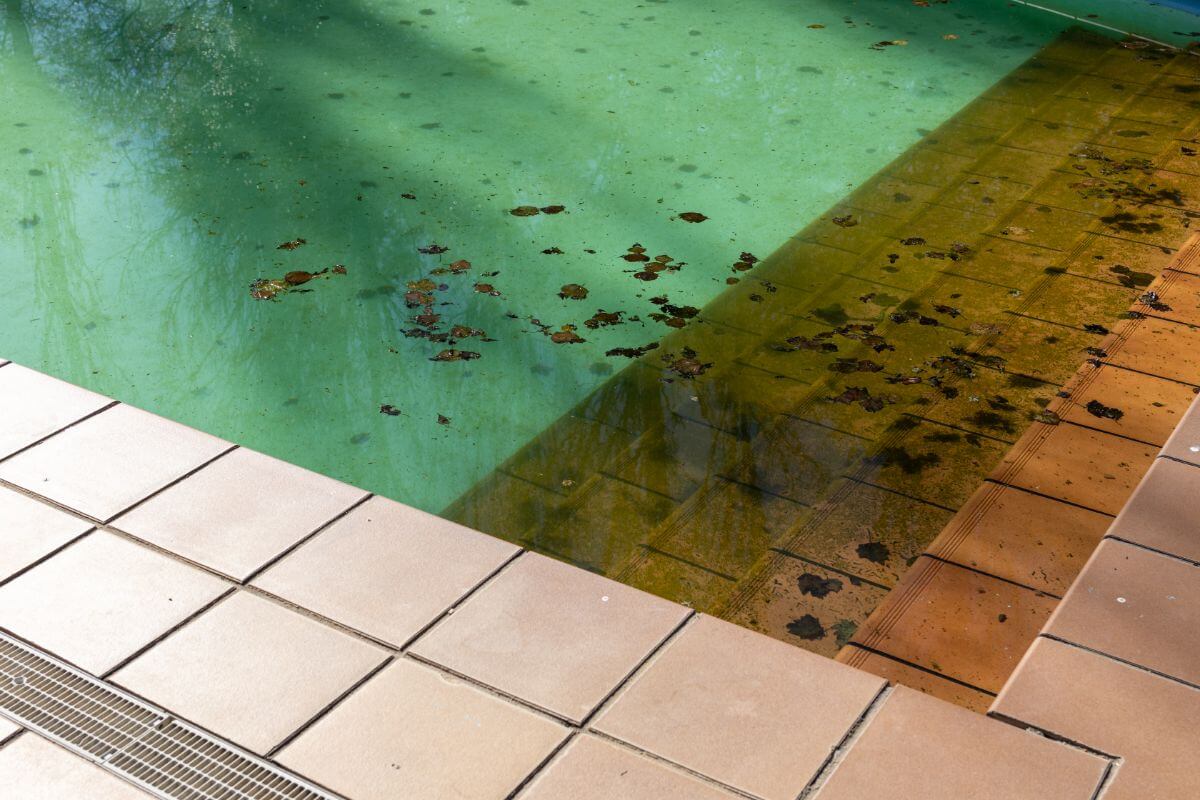

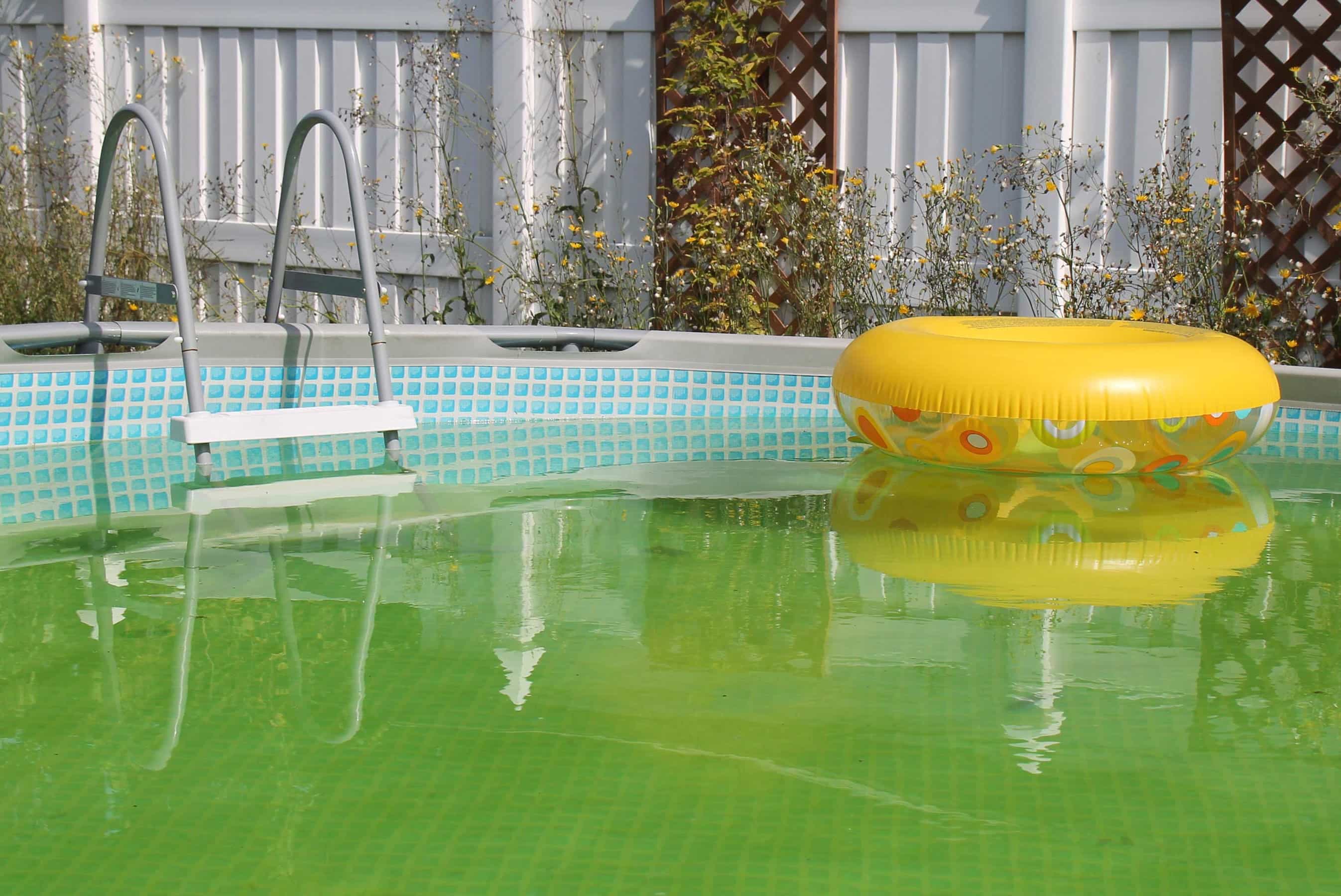

0 thoughts on “How Do You Raise Alkalinity In A Swimming Pool”